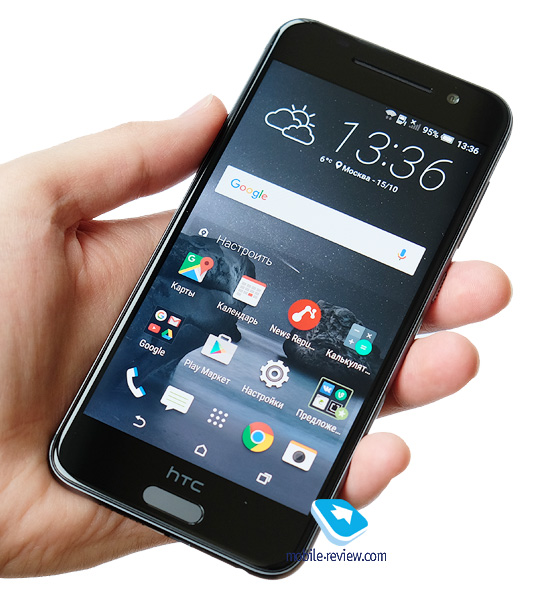On one of the Chinese resources, rumors appeared about the next flagship of the company HTC with excellent characteristics, but I was immediately 'hooked' by two points. The first is a 5 'screen diagonal. To be honest, I'm still afraid that some companies will continue to increase the size of displays, but this seems to be all right. And the second one is the resolution of 2560 × 1440 pixels. Five inches. This raises the question – does anyone even need such a high resolution on a compact screen?

The question is, in fact, very important. Even the most eagle eye is unable to distinguish individual dots by eye at PPI (number of pixels per inch) over 350-400. You can argue for a long time and enthusiastically, claiming the opposite, but nature cannot be deceived.
Let's take the same HTC One X9 that I mentioned at the beginning. According to rumors, the device will have a display with a diagonal of 5 'and a resolution of 2560 × 1440 pixels. This will give us a completely wild PPI value for a smartphone – 587. Why? Obviously, any manufacturer, having made such a device, will press on the smoothness of the image, smooth lines, clarity, quality and other parameters. Obviously, this is a perfectly reasonable point for advertising and promoting a product – the company can always write everywhere: 'OUR SMARTPHONE HAS THIS PPI SCREEN!'

At the same time, unfortunately, there is also harm from such a decision. High resolution has an impact on power consumption, impacts on performance and, alas, requires a powerful platform. It turns out that the company takes the latest chipset and, in order to somehow justify its presence in a smartphone, puts a screen with a cosmic, unnecessary resolution there. Now I'm not talking about a specific device HTC, it has not even been announced yet, but about the situation as a whole. One thing clings to another, and now, instead of a balanced device, another manufacturer presents a smartphone, where part of the hardware choice is dictated by marketing promises, and the other – by the desire to show that we are even higher, faster and stronger. And although from a practical point of view it was possible to limit ourselves to lower costs for components, and get a better result at the output, now it is a rarity.
Fortunately, it seems to me that we are gradually returning to what was popular 5-6 years ago. The emphasis shifts from 'bare' technical characteristics to specific things: camera, sound and some others. Who knows, maybe in a few years 'camera phones' and smartphones sharpened for sound or something else will appear again, and the PPI and other parameters race will subside for a while?
